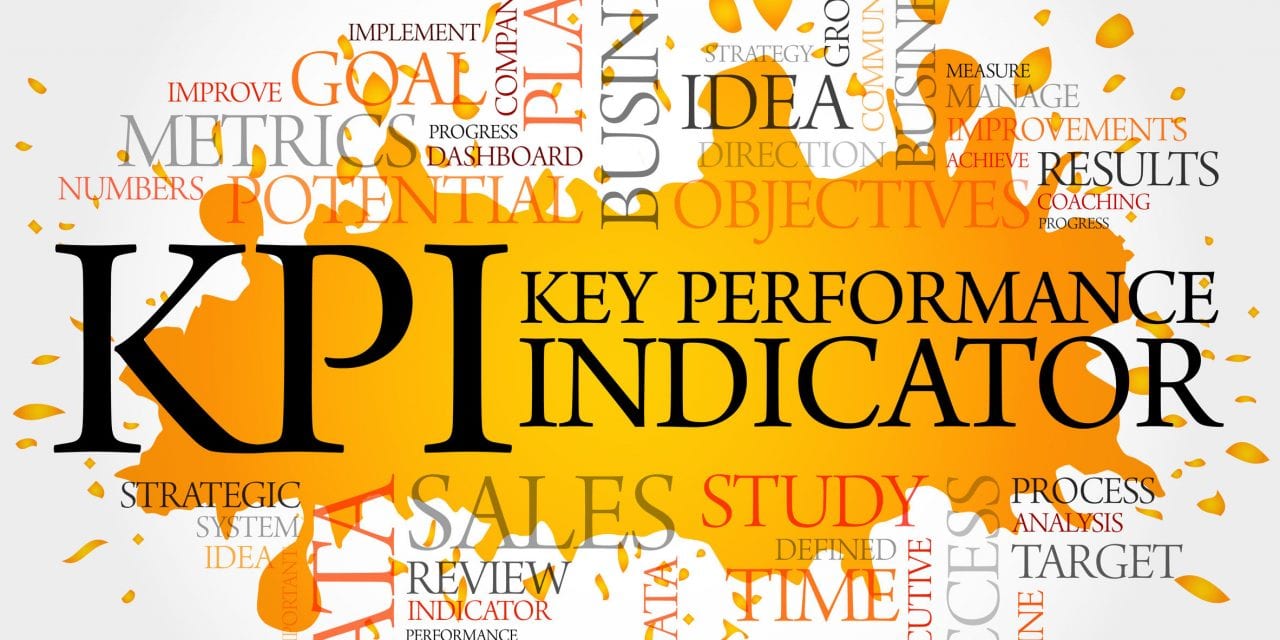CEOs: Are you watching these KPIs?
By Susan Saldibar
CEOs don’t care about KPIs, like how many calls the sales team made today. They care about occupancy, resident churn, employee retention, and what the next move for the organization should be.
That may be, but it doesn’t mean KPIs don’t play a key role in the information that drives C-level decisions. And sitting at the center of all those informative KPIs is your CRM.
I spoke recently with two individuals who know all about the importance of KPIs; Continuum CRM’s VP of Business Development, Kristin Hambleton, and Scott Farmer, Co-Founder of Continuum CRM (a Senior Housing Forum Partner). Nothing, of course, can happen without good data at the center of the information pool. “Data capture is key,” Scott tells me. “It’s what’s behind accurate and strong reporting,” he adds. “Users of your CRM need to have an understanding of what the executive team needs, not just those that help them in the sales process,” he says.
Kristin adds, “The point of a CRM is to capture data that includes demographics, psychographics, and other kinds of quantitative and qualitative data. Collectively, this can help a community determine what’s working and what’s not working. It helps answer questions like, do we need to restructure our marketing budget? And it helps identify which programs will drive revenue.”
It is within that framework that Kristin and Scott have put together a list of C-suite goals and some underlying KPIs and CRM capabilities that help support decisions towards those goals.
-
Increasing occupancy. The goal is to achieve the occupancy rate that was forecasted. If not, resident fees go up, you have job cuts, layoffs, etc. There are KPIs that should be tracked that can impact occupancy, including resident satisfaction, reviews, competing communities, and so forth.
-
Reducing resident churn/turnover. The strategy is to bring in younger, healthier residents who will stay in your community longer. The higher the turnover, the greater the expenses to fill rooms, such as painting, repairs, etc. “You can use your CRM to measure current churn and what it is costing your community each year in terms of renovations and so on,” says Scott. “From that, you can put a picture together. Where do we shine? Where are we falling short? This gives senior management good insights into necessary renovation and/or new construction to replace outdated/underperforming properties.”
-
Maintaining brand recognition and reputation. For the most part, these would be KPIs gathered from 5-star rating systems, online resident review sites, and other platforms where these more qualitative aspects of a community are measured. This data can be fed into your CRM and integrated with other data to formulate reports for senior management. Fluctuations can be traced back to the originating review site, where they can be analyzed and actions taken as needed.
-
Maintaining brand consistency. While it may not take the form of a KPI, your CRM can be instrumental in maintaining brand consistency. As an example, Continuum provides users with unlimited word-merge templates and email templates for communications purposes. What does this do? “You can have your CMO draft and create templates and provide them to your team,” says Kristin. “It not only increases efficiencies, but you can be sure you are always using the right document at right time,” she adds. That’s especially important for sales, which has a tendency to “do their own thing”.
-
Achieving forecasted return on investment. Measuring the return against your expenditures, especially your marketing dollars, is essential. All this data should be fed into your CRM. You can track KPIs that will show how many people were motivated by specific ads or social media posts to contact you. You can tie campaigns to prospects and effectively measure cost/lead, cost/sale.
-
Reinforcing corporate culture. Okay, there can’t be a KPI for that. Can there? Kristin acknowledges there is no set of KPIs to measure “culture”. However, there are some cool things you can do with your CRM. You can ensure that all of its aspects are calibrated to reinforce and promote your unique culture. As an example, since the Continuum CRM is totally configurable, you can load your own language, terminology, and unique definitions into the system. What you are doing, in effect, is building your organizational culture into your CRM, as opposed to having to conform to someone else’s conventions and terminology. You are, in effect, extending your corporate culture throughout your CRM.
-
Increasing employee retention. Today’s employees are willing to work hard, but they are less willing to spend their time doing a lot of manual entry and keeping track of a complex set of metrics. “You can provide them with tools that actually increase employee satisfaction,” says Kristin. “A powerful CRM makes them more effective in so many ways. It’s easier to capture and record interactions and easier to extract detailed reporting. Yes, that may be a softer ‘KPI’ but it’s a very important one.”
-
Improving resident satisfaction. This can come directly from those KPIs pertaining to reputation and resident referrals. Scott notes the importance of getting regular feedback, in the form of surveys and interviews, from residents to learn what you need to do to improve the quality of care and services, now and in the future. You can import that survey data directly into your CRM and create reports for analysis.
There will always be those “golden” KPIs marketing departments swear by to gauge the success of a campaign or to gauge sales performance. But, Kristin and Scott urge communities to make sure they are using their CRMs more strategically, not only to pull in more data but to provide greater insights for the C-suite to use in making key decisions that impact the community. “Remember, just because a CRM doesn’t measure something directly, doesn’t mean it isn’t impacting it,” says Scott.
For more information call 800-570-6030 or visit www.continuumcrm.com to request an online demonstration.
Download a PDF copy of this article by clicking on the button below:










